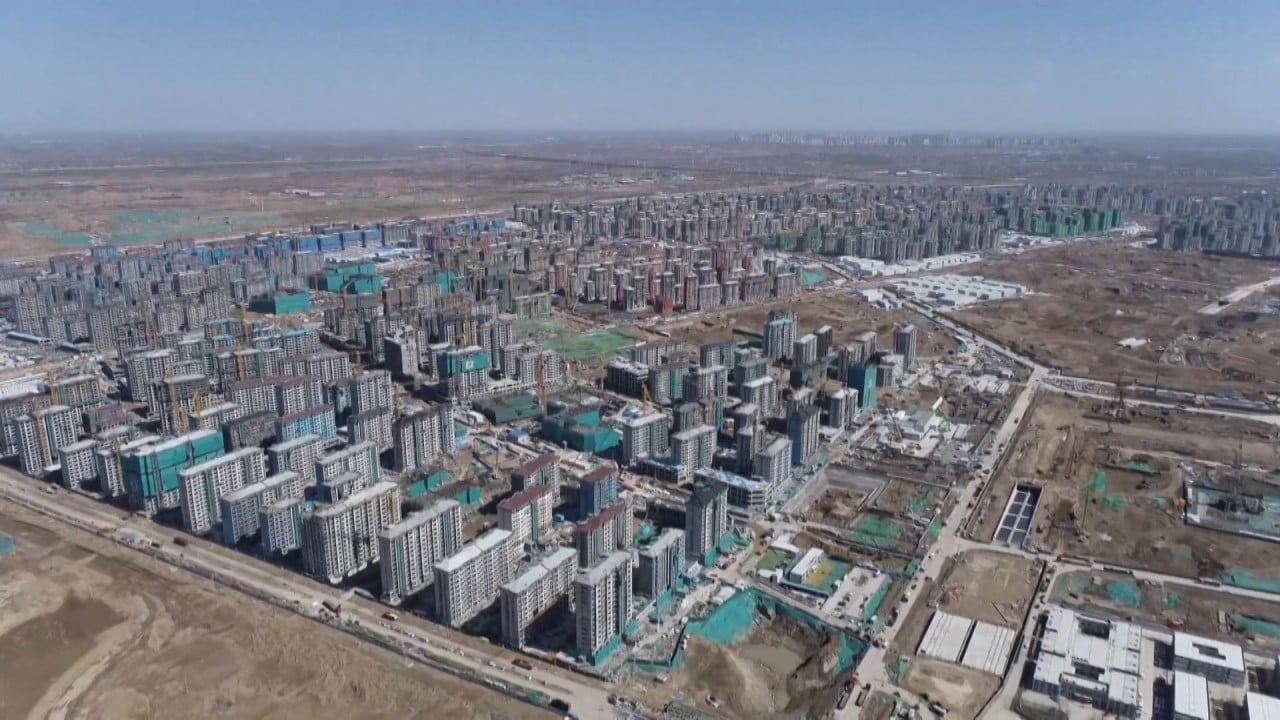
China’s debt-laden local governments struggle to secure refinancing as investors grow wary of default risks
- Bond issuance by local government financing vehicles (LGFVs) has slowed amid growing investor concern about defaults
- More local governments have been closing poorly-performing LGFVs and consolidating profitable ones, analysts say
China’s local governments and state firms are struggling to refinance their debt as investors shun them over a lack of support from Beijing, with bigger defaults likely to take place, analysts say.
Among Chinese state firms, the value of defaults has more than tripled over the past three years and the number of nonpayments more than doubled over the same period, a trend that is set to continue, Standard & Poors Global Ratings said in a report released on Wednesday.
“A trend of bigger individual defaults has more potential to drive investor losses,” said Charles Chang, the Greater China country lead for corporate ratings at S&P.
“Post-Covid strain on local government budgets and resources will lead to more selectivity in supporting state-owned enterprises,” said S&P. “This includes local government financing vehicles (LGFVs), which make up nearly half of China‘s corporate bond market.”
LGFVs flourished following the 2008 global financial crisis as a way of funding China’s infrastructure building spree, even if they did not generate returns. Much of the LFGV borrowing is off-budget, while transparency about how the funds are used is often weak.
Bond issuance by LGFVs has already started to slow. In May, a total of 209 bonds were issued by financing vehicles worth 151 billion yuan (US$23.3 billion), a 75 per cent decline by quantity and a 76 per cent fall in value from April, according to data from CSCI Pengyuan Credit Rating.

02:00
Construction in full swing to build China’s ‘city of the future’, Xiongan
The year-on-year decline was 31 per cent in quantity and 36 per cent by value, CSCI Pengyuan said.
That net financing for LGFVs had turned negative for the first time in years reflected investor reticence amid growing default risks, S&P said. The rating agency expects 4.2 trillion yuan worth of Chinese bonds to mature this year.
Beijing has tried to tighten regulation of LGFVs since 2010, although transforming them into commercially-viable borrowing platforms has been slow.
A total of 3,803 LGFVs have been established since 2008 and 3,220 of them still have outstanding debt as of this year, according to estimates from the fixed-income team at Tiangfeng Securities. This means 583 LGFVs have stopped raising funds in the bond market.

01:28
China builds over 4,000km of railway in 2020
While no LGFV borrower has defaulted on a bond in the open market, they are not a safe haven.
The Liaoning provincial government, which has the second highest number of LGFVs withdrawals based on Tianfeng’s estimates, has missed payment on interest and principal for a number of its borrowings, including some LGFVs.
“It is difficult for Liaoning province to refinance capital in the bond market,” Tianfeng said, adding the “endless credit events” facing the province since 2016 have triggered a wider assessment by LGFV bond investors when it comes to evaluating default risk in other struggling regional economies.
As a result, more local governments have been closing poorly-performing LGFVs and consolidating profitable ones to attract investment, Tianfeng said.
Containing its leverage ratio is one of China’s greatest economic challenges
“Containing its leverage ratio is one of China’s greatest economic challenges,” the Washington-based Institute of International Finance said in a report published Wednesday.
“[Beijing policymakers] can also move debt from weaker hands to stronger hands, for example, from local to central government and transfer wealth from the haves to the have-nots.
“Though not deleveraging directly, these policies will help support economic growth and make the debt more sustainable.”

